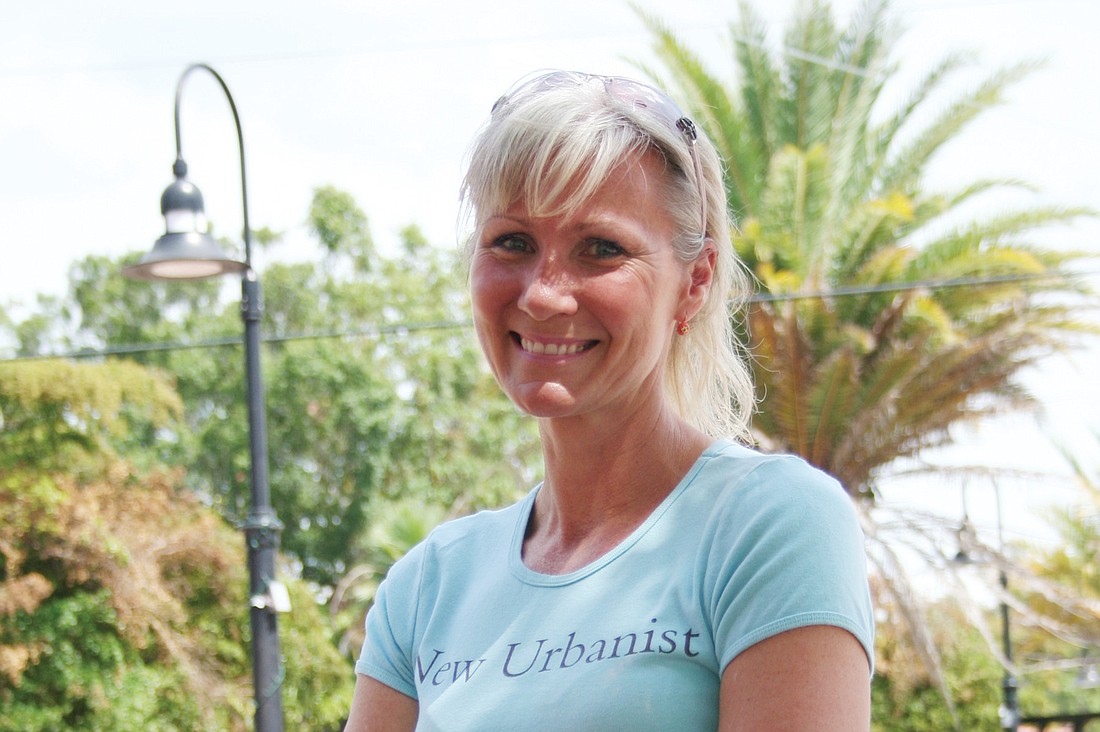- April 19, 2024
-
-
Loading

Loading

In adopting the Downtown Sarasota Master Plan in January 2001, the city of Sarasota embraced the responsibility for civic parking, after hosting over the course of several years an inclusive, informative and transparent process that gained consensus among our entire community for the plan. The thoughtful steps that culminated in this adoption were longsighted acts that focused on a rounded understanding of all aspects of sustainability for our city core. It cost taxpayers millions of dollars and welcomed the most enormous amount of public input our city has ever experienced, with numerous workshops, charrettes, forums, debates, appeals and commission meetings.
Parking was an integral component within the adoption of our Master Plan and within the adoption of the Downtown SmartCode in June 2004, for which Sarasota became the third community in the United States to welcome transect-based planning and zoning codes based on environmental analysis that promoted smart growth.
In June 2005, the comprehensive Downtown Parking Master Plan was adopted. These planning decisions, which our entire community invested so much in, were to shape our downtown redevelopment area, giving it more predictability by transforming it into a more livable, economically functional and ecologically sound city and, most ironically,
“ ... so that is consumed less of the public discussion … ”
The Parking Master Plan called for a number of timely actions, and by the end of 2005 the city was on track to fulfill Phase 1 that was earmarked for completion by 2008. A professional parking manager was hired and staff worked to make the plan a reality by seeking various options for paid on-street parking (yes, mature cities have parking meters), as well as the garage on Palm Avenue, partnerships for a State Street garage and searches for land to purchase for the Burns Square garage. We had CRA/TIF funds available to complete Phase 1.
The plan has many far-reaching benefits, such as preserving Sarasota’s “Old” Urbanism history as well as supporting the New Urbanism legacy we set out to build upon. The plan understood that we can no longer behave or live as we did during the 1880s, 1920s or even the 1990s, but, instead, we can respect, love and desperately try to preserve what has been lost with our 100-year obsession with cars that gave way to sprawl.
Recapturing the charm we all adore in this era of the automobile is difficult. Not only is the city of Sarasota competing with suburbia, but we must also find ways to deal with the suburban-level love affair with the unrestrained and spoiled mobility mentality. People who expect to travel as far as they want, whenever they want, in whatever they want, regardless of the environmental and cultural costs, remain the majority.
The New Urbanist movement that is the basis of our adopted plans was formed directly from the reality that urbanism, as we know it, was losing the fight and the automobile was winning. This is where the new balancing act begins between civic parking responsibilities and private parking conveniences. We want developments and businesses to be responsible for their parking needs, but at what cost? We learned that incorporating required parking into a development added to the bulkiness of buildings that many rejected, and it put fewer feet on the streets that are needed to create a vibrant community.
We changed our parking requirements for these reasons. Civic parking was needed for the customers of existing historic structures that never had parking or, worse, still have the antiquated private surface parking lots that are the “worst type of street frontage, affording the passerby little sense of enclosure, protection or interaction,” which makes walking uncomfortable and boring. The civic parking facilities supported these small lot locations, too, so they could develop into excellent frontages with lively shops and services making our walks worthwhile, safe and interesting — the “A” frontage we envision for downtown.
Overall, civic parking separated from or adjacent to other destinations encourages healthier volumes of pedestrian traffic and preserves some historic structures in addition to sustaining some districts’ smaller-scale character and development while acknowledging the businesses and customers’ habits. If we want to recapture some of the “Old” Urbanism we love, we need to embrace some of the New Urbanism principles, such as civic parking as proposed in our adopted plans. “Providing infrastructure for stationary cars is no different than providing it for moving ones,” stated DPZ.
Tweaking any plan is always acceptable. But committees must resist the temptation to make wholesale changes to a plan that was thoroughly vetted and endorsed by the entire community. As stated in our Downtown Master Plan 2020, “The history of Sarasota is likely to be measured in centuries; it is incumbent to reserve sites for civic buildings, civic spaces, and municipal parking structures that may prove necessary only after the window of the Master Plan has closed.”
Denise Kowal is a New Urbanist, downtown stakeholder of one of Sarasota’s most visible historic buildings and graduate of the SmartCode.